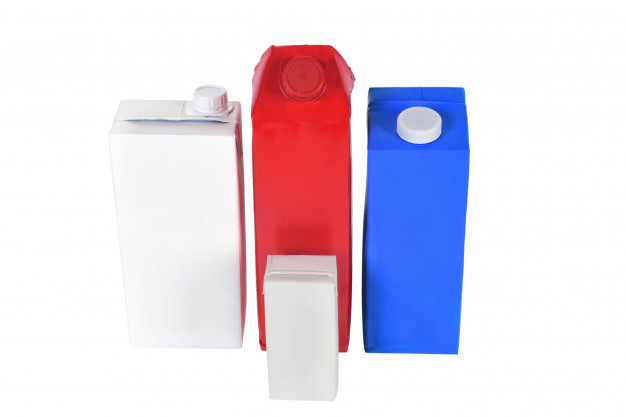Materials: The life of a carton

Tetra Pak has become the definitive term for what should, rather more prosaically, be dubbed the ‘beverage carton’. Unsurprisingly, Tetra Pak happily acknowledges this, while competitor SIG Combibloc is adamant that the latter is the correct term. Yet Sveinar Kildal, the director of environmental affairs at Tetra Pak’s other main rival, Elopak, concedes that: “Tetra Pak has become a generic name for all beverage cartons“.
However, semantics to one side, Tetra Pak, SIG and Elopak have formed an alliance under the banner Alliance for Beverage Cans and the Environment (Ace). Ace UK represents the UK market, where beverage cartons are a staple form of packaging in most households. But their ubiquity belies the fact that not many people know how Tetra Paks are manufactured.
They could turn to the pages of the Oxford English Dictionary, which goes part of the way towards explaining how they are made – as well as affirming that ‘Tetra Pak’ has become the generic term for beverage cartons: “A type of plasticised cardboard carton for milk and other drinks, folded from a single sheet into a box shape,” it reads.
This may go some way to explaining how Tetra Paks are made, but how is the board manufactured? How is it converted? And what happens once a consumer has finished with the carton and thrown it in their recycling bin?
Follow Leo Designs on Linkedin



Follow Us: